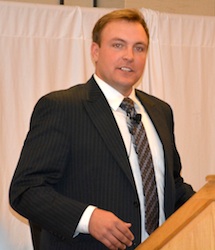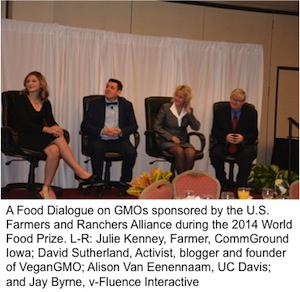 Landmark Services Cooperative is proud to announce a new partnership with Curry® Seeds. This new agreement broadens Landmark’s seed portfolio, offering growers additional benefits in plant diversity, insect protection and herbicide resistance.
Landmark Services Cooperative is proud to announce a new partnership with Curry® Seeds. This new agreement broadens Landmark’s seed portfolio, offering growers additional benefits in plant diversity, insect protection and herbicide resistance.
“We are excited to bring new seed varieties and options to Landmark growers through this new partnership,” says Randy Bump, senior seed advisor for Landmark Services Cooperative. “Much like Landmark, Curry® Seeds provides local solutions through globally-recognized technology and tools. Through this new partnership, our members will have access to the most diverse seed portfolio in our region.”
Four new seed trait packages will compliment Landmark’s long-standing lineup of seeds in 2015. These new seed trait packages have different base germplasm than other seed available in southern Wisconsin and northern Illinois, giving growers additional options for reducing risk and reaching 300 bushels per year.
New seeds added to Landmark’s seed offerings, exclusively carried by Landmark, include the AcreMax®line of hybrid corn and soybean varieties 1225TM and 1252TM. These seeds were created from unique genetics and were specially selected to thrive in the 95-109 day growing seasons of southern Wisconsin and northern Illinois.
“Planting a diverse variety of seeds is important to prevent putting all your eggs in one basket,” says Joe Slosarczyk, agronomist and certified crop advisor with Landmark Services Cooperative. “When selecting seeds, look for a diverse portfolio that gives you options in genetics, traits and germplasm base. With our new partnership, Landmark Services Cooperative has the most diverse portfolio in our trade territory.”
The new seeds available through Landmark’s partnership with Curry® Seeds join the long-standing lineup of seed available from Landmark Services Cooperative which now includes seed varieties from: DeKalb, Asgrow, Mycogen, Croplan and NK.









